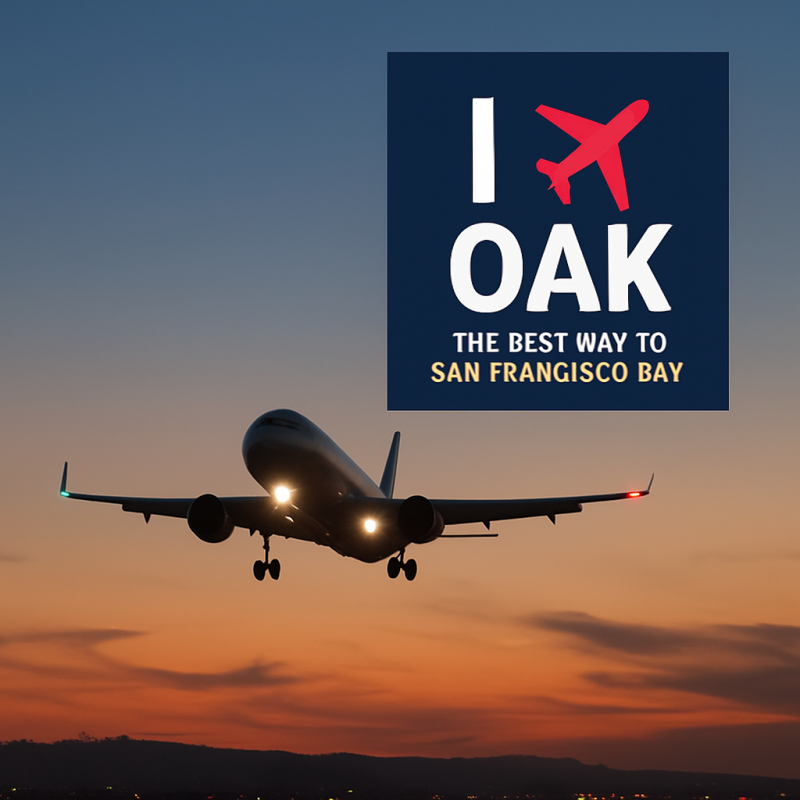Written By Mauricio Segura // Photo: Mauricio Segura

For more than a century and a half, the Cliff House has watched San Francisco grow from a rough frontier town to a global icon. Perched above the Pacific at Lands End, the restaurant became one of the city’s most recognizable landmarks, a place where presidents, wanderers, families and locals all came to stare at the ocean and eat in a dining room that felt like the world’s front porch. When it closed at the end of 2020 after pandemic losses and failed lease negotiations with the National Park Service, it felt like a wound. The building sat empty and the famous rooftop sign came down, making people wonder if the Cliff House was gone forever. Now after more than five years of silence, the restaurant is heading toward a full revival with a targeted reopening in late 2026 and a plan that blends nostalgia with a modern vision for the city’s western edge.
The Cliff House has lived several lives. The first version opened in the 1860s as a getaway for townspeople looking for fresh air and ocean views. In 1896, former mayor Adolph Sutro rebuilt it into a towering Victorian palace that looked like a fairytale castle on the rocks. That spectacular building survived the earthquake of 1906 but burned down the next year. The structure that stands today was built in 1909 with a simpler and more modern look that has been updated over the decades. No matter its design, the concept stayed the same. Big glass windows, crashing surf and the feeling of being at the very edge of the continent.
For decades the restaurant was run by Dan and Mary Hountalas, who took over in 1973. Under their stewardship the Cliff House became both a polished dining destination and a beloved neighborhood hangout. They operated under long term concession contracts with the National Park Service until 2020 when business collapsed during the pandemic and a new agreement could not be reached. Their announcement that they would close on New Year’s Eve 2020 marked the end of an era and put the future of the landmark in doubt.
The turnaround began when attorney and restaurateur Alexander Leff of Sutro Lands End Partners secured a new twenty year lease to operate and restore the building. At first there was a surprising snag. The Hountalases still owned the Cliff House trademarks, which meant the new operator might have been forced to reopen the site under a different name. That story took a pleasant turn in 2025 when Dan and Mary donated the historic name, the signage and the restaurant’s original recipes to the Western Neighborhoods Project, a nonprofit that preserves the history of San Francisco’s west side. With that donation came an agreement to license the name back to the new operator, clearing the way for the return of the Cliff House in name, spirit and design.
Restoring the building turned out to be far more expensive than expected. Early estimates of ten million dollars ballooned to around twenty million once crews inspected the structure. Years of wind, salt exposure and vacancy had damaged walls, doors, windows, waterproofing and even the elevator. There was also long standing deterioration from weather and an old car crash that had damaged part of the facade. Renovation plans call for reinforcing the building, repairing and replacing windows, refreshing the midcentury style and making the outdoor areas more usable by adding fire pits and wind protection. Visible construction work is expected to intensify through 2025 with a phased reopening running into late 2026.
When it finally reopens, visitors can expect a very different setup. Instead of one large restaurant, the new Cliff House will house four food and drink concepts. Plans include a casual morning coffee counter for early walkers, a family friendly restaurant, a refined seafood dining room that leans into the classic atmosphere and a fourth flexible space that can change with trends. The goal is to make the Cliff House an all day destination, not just a special occasion stop or a tourist detour.
Adding to the experience is a new museum component being planned by the Western Neighborhoods Project. When the restaurant closed, volunteers rescued hundreds of historic artifacts, including original menus, photos and decorative pieces. Part of the building will display and use these items, turning everyday visits into a blend of dining and time travel. Guests may be able to drink coffee under vintage photographs of the Victorian era building or enjoy a bowl of chowder made with a historic recipe while reading about the site’s long history.
For San Francisco, the reopening is about more than food. It is about reviving a part of the city that has felt strangely hollow in recent years. With the Cliff House and other nearby businesses closed, Lands End has lacked a central gathering point. A revived Cliff House brings jobs, construction investment and renewed foot traffic to the area. It might also encourage new businesses to return to the Outer Richmond, strengthening a neighborhood that has weathered years of economic uncertainty.
There are still challenges. The timeline is ambitious, the budget is high and the site is one of the most difficult buildings in the city to maintain. But the Cliff House has survived fire, earthquakes, financial shifts and multiple rebuilds. Every era has given it a new identity and each one has kept the sense of place that makes it unforgettable. If the 2026 reopening succeeds, San Francisco will regain not just a restaurant but a symbol that the city can honor its history while still moving forward. On that cliff above the ocean, a long silent landmark might soon glow again.













